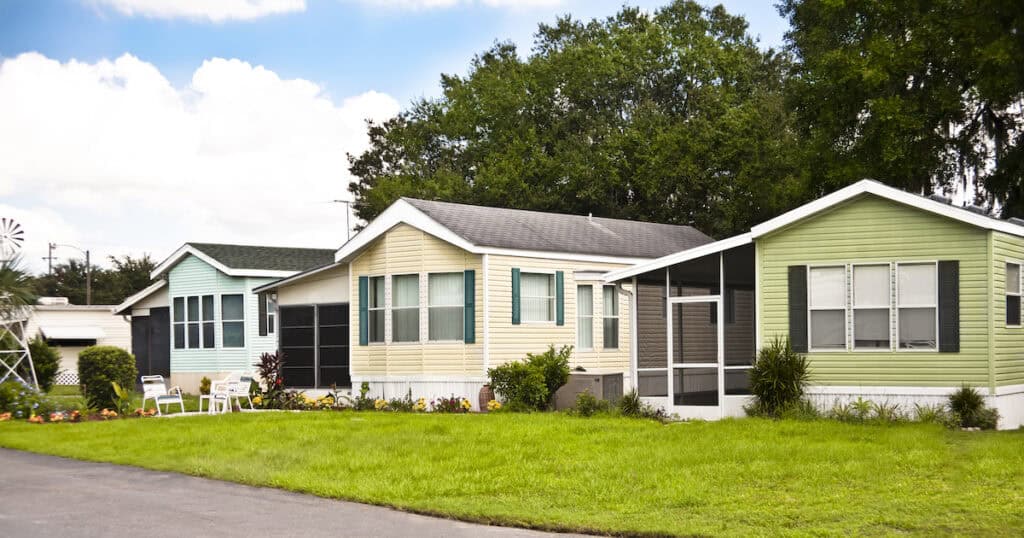When looking for a new home, one of the most important considerations for many buyers is the safety of the neighborhood. In addition to price, size, and amenities, the crime rate and safety of a particular area can significantly influence a buyer’s decision. Fortunately, modern technology has allowed real estate platforms to integrate a wide array of data to give buyers more insight into the areas they are considering. One of the most useful features being integrated into Multiple Listing Service (MLS) platforms is local crime heatmaps, which provide an easy-to-read visual representation of crime activity in specific neighborhoods.
Incorporating crime heatmaps into MLS listings is an innovative way to increase transparency, support informed decision-making, and ultimately help individuals find homes in safer areas. In this article, we will explore how crime heatmaps can be integrated into MLS platforms, their benefits, and the challenges they pose for both buyers and real estate professionals.
What Are Crime Heatmaps?
Crime heatmaps are visual representations that use color-coded maps to show the frequency and severity of crime in a specific geographic area. The data is typically based on reported crime statistics, which are compiled and analyzed by local law enforcement agencies or third-party data providers. Crimes are typically categorized by type (e.g., property crime, violent crime, theft, assault) and time of occurrence.
The maps are designed to provide users with a clear, easily interpretable overview of crime trends in a particular neighborhood. For instance:
- Red zones may indicate high-crime areas, while
- Green zones signify low-crime or safer areas.
Why Crime Heatmaps Matter in Real Estate
Safety is a key factor in determining the desirability of a neighborhood. When buyers or renters are considering a property, they need to feel confident that they are moving into a safe environment, especially if they have families or plan to live in the area long-term. Traditional methods of assessing neighborhood safety—such as word of mouth or general crime statistics—are often vague and incomplete. However, crime heatmaps provide an accurate, up-to-date view of crime activity in a specific area, helping people make more informed choices.
Here are a few reasons why crime heatmaps are particularly useful in real estate:
1. Transparency for Buyers and Renters
By providing clear and easy-to-understand crime data, MLS platforms foster greater transparency. Buyers no longer have to rely on potentially biased sources or vague neighborhood gossip to understand the safety of an area. Instead, they can see a visual map that reflects actual crime reports, allowing for more reliable evaluations of the area.
2. Empowering Buyers to Make Informed Decisions

When it comes to safety, the ability to view crime data overlaid on a map can greatly influence a buyer’s decision. For example, a buyer may be looking at a home in a neighborhood with a high crime rate but be unaware of the severity until they see the crime heatmap. This allows the buyer to make an informed choice about whether the home’s location is suitable for their needs or if they should continue their search elsewhere.
3. Identifying Trends in Crime
Crime heatmaps allow for a deeper analysis of crime patterns over time. Users can look at historical crime data to understand whether crime is increasing or decreasing in a given area. This information is valuable not only to potential homeowners but also to investors looking for emerging neighborhoods where crime rates are falling, or gentrifying areas where safety is improving.
4. Helping Real Estate Agents Offer Better Guidance
For real estate agents, crime heatmaps serve as a valuable tool in guiding potential buyers. By using these maps, agents can help clients make more informed decisions, reducing the likelihood of a negative experience post-purchase. If a client is concerned about safety, an agent can pull up crime heatmaps of the area to address these concerns directly and offer suggestions based on real data.
5. Providing a Safer Homebuying Experience
For many buyers, especially those with young children or elderly relatives, the safety of the surrounding neighborhood is a top priority. By offering crime heatmaps, MLS platforms provide a layer of reassurance, giving buyers the confidence they need to decide on their new home.
How Crime Heatmaps Are Integrated into MLS Platforms
Integrating crime heatmaps into MLS platforms requires the collection of reliable and current crime data from local law enforcement agencies, third-party data providers, or public records. Once the data is collected, it can be processed and overlaid onto an interactive map. Here’s how it can work:
1. Integration with Local Law Enforcement Data
Crime heatmaps rely on crime data, which is typically provided by local police departments or crime data aggregators. Many law enforcement agencies now make crime data available through open data portals. MLS platforms can integrate this data by using APIs (Application Programming Interfaces) that pull real-time information directly from these sources.
- Types of Crimes: Crime data can be categorized into various types of offenses such as burglaries, robberies, assaults, thefts, and drug-related crimes. Each type of crime is assigned a different color or intensity on the heatmap to indicate how often it occurs in a specific area.
- Time and Frequency: Data can be organized by time (e.g., weekly, or monthly) to provide insights into the times and days when crimes are most prevalent.
2. Color-coding and Mapping
Once the crime data is pulled into the MLS platform, the map can be color-coded to show varying levels of crime intensity. High-crime areas can be shaded in darker colors (like red), while safer areas are highlighted in lighter or green tones. Interactive heatmaps allow users to zoom in on specific areas and explore crime activity at a granular level.
- Dynamic Maps: Users can adjust the time frames and types of crime they want to see on the map. For instance, they may want to explore only violent crime activity in the past month or assess long-term trends in property crimes.
- Comparison with Listings: MLS listings can be linked to these heatmaps so buyers can immediately see the crime levels of specific properties they are interested in.
3. User Feedback and Ratings
In addition to official crime data, some MLS platforms may allow users (current residents or buyers) to contribute feedback or rate their neighborhood’s safety. While this feedback is subjective, it can help fill in the gaps in crime reporting and provide additional insights into the living experience in a particular area.
Benefits of Crime Heatmaps in MLS Platforms
1. Increased Transparency and Trust
Integrating crime data directly into MLS listings ensures that buyers and renters have access to accurate and up-to-date information about the safety of their potential new neighborhood. It increases transparency and helps to build trust between agents, buyers, and sellers.
2. Enhancing Buyer Confidence
For many buyers, especially those new to an area, crime data can be one of the biggest factors in deciding whether to purchase a property. By providing real-time and historical crime heatmaps, MLS platforms offer a level of confidence that might otherwise be hard to come by through traditional sources.
3. Better Understanding of Safety Patterns
Crime heatmaps allow for the analysis of crime patterns over time. Buyers can see if a neighborhood is experiencing a temporary uptick in crime (such as a recent burglary spree) or if the area is generally safer compared to others in the city.
4. Helping Communities Improve Safety
Local government and community organizations may use crime heatmap data to identify high-crime areas that need additional resources or attention. This data can lead to more targeted interventions that improve safety and livability in the area.
5. Cost-Effective Marketing for Safer Neighborhoods
For properties in neighborhoods with low crime rates, integrating crime heatmaps into listings can be an excellent marketing tool. Sellers and agents can use this feature to highlight the advantages of living in a safe, secure community, potentially increasing the appeal and value of the property.
Challenges of Implementing Crime Heatmaps in MLS
Despite their many advantages, there are several challenges to integrating crime heatmaps into MLS platforms:
1. Data Accuracy and Consistency
The accuracy of crime data is critical, and discrepancies between different sources can cause confusion. Crime data from local police departments may not always be up-to-date or comprehensive, and third-party data aggregators may use different methods to categorize crimes. Ensuring that data is both accurate and consistent is essential for the reliability of the heatmaps.
2. Privacy Concerns
Some critics argue that making crime data publicly available could potentially stigmatize certain neighborhoods, even if the area is improving or has a strong community focus on safety. MLS platforms need to balance transparency with sensitivity to these concerns.
3. Data Overload
Too much information can sometimes overwhelm buyers. Adding crime heatmaps to MLS listings needs to be done in a way that is easy to understand without overwhelming potential buyers. The key is to ensure that the data is displayed clearly and is easy to interpret.
Conclusion
Integrating crime heat maps into MLS platforms offers valuable insights for buyers, renters, and real estate professionals. By providing a visual representation of crime patterns and trends in a neighborhood, MLS platforms can help buyers make more informed decisions about the safety of an area. While challenges exist in ensuring data accuracy and privacy, the benefits of incorporating crime heatmaps are clear: increased transparency, enhanced buyer confidence, and better decision-making overall. As real estate continues to embrace technological advancements, the inclusion of crime heatmaps in MLS listings will likely become a standard feature that buyers expect when evaluating potential homes.













